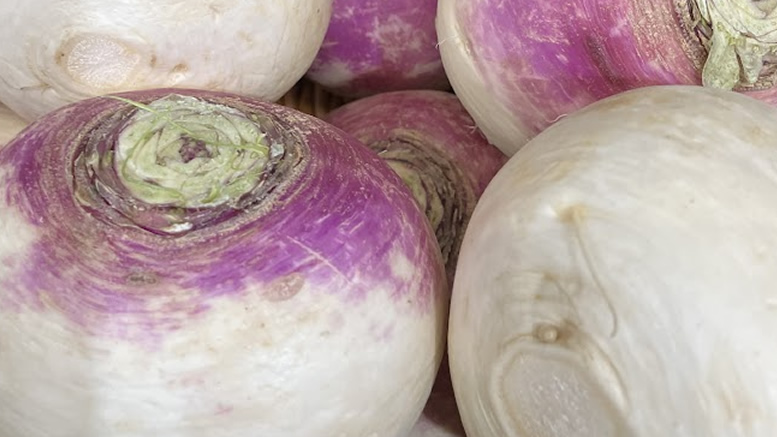Turnips, classified as Brassica rapa, are root vegetables commonly used in Asian cuisine. Originating in Asia, turnips have been cultivated for thousands of years and hold cultural significance in various Asian culinary traditions. The vegetable’s versatility and nutritional value have made it a staple in many Asian dishes.
In Asian cuisine, turnips are appreciated for their unique flavor and texture. They can be consumed raw, pickled, boiled, or stir-fried, adding depth and earthiness to a wide range of dishes. Turnip greens, the leafy tops of the vegetable, are also commonly used in Asian cooking, providing a nutritious addition to soups, stews, and salads.
Various varieties of turnips are cultivated across Asia, each with its own distinct characteristics and culinary uses. For example, Japanese turnips, known as “kabu,” are small and tender, often eaten raw or lightly cooked. In contrast, Chinese turnips, also called “daikon,” are larger and more pungent, commonly used in stir-fries, soups, and pickles.
Historically, turnips have been an essential food source in Asia, particularly during times of scarcity or famine. Their ability to grow in diverse climates and soil conditions made them a reliable crop for sustaining populations throughout history. Today, turnips continue to play a vital role in Asian cuisine, beloved for their flavor, versatility, and nutritional benefits.
Whether enjoyed as a crunchy salad ingredient, a hearty soup base, or a flavorful side dish, turnips remain an integral part of Asian culinary traditions, reflecting the rich cultural heritage and culinary diversity of the region. From traditional recipes passed down through generations to modern interpretations in fusion cuisine, turnips continue to inspire innovative dishes that celebrate their unique taste and culinary versatility.

